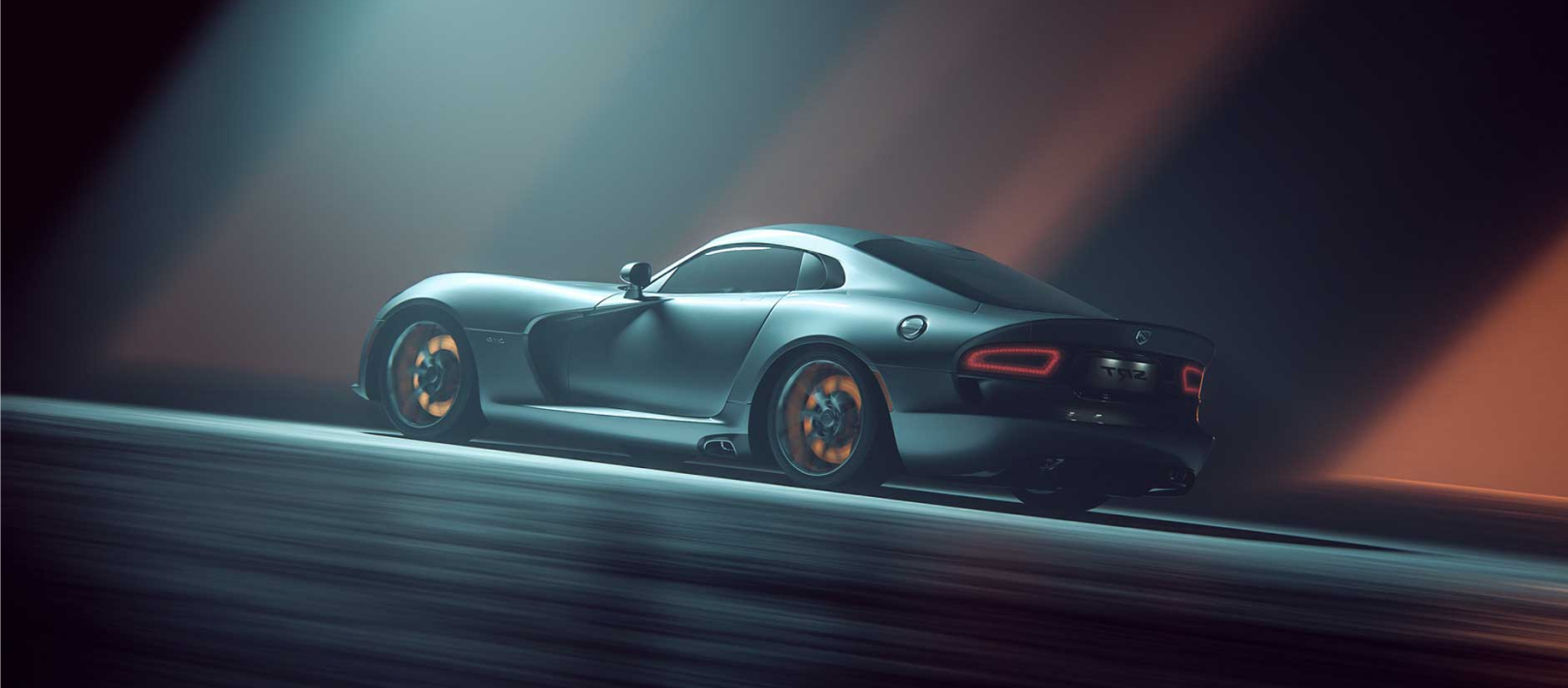Ceramic Tint vs Regular Tint: Comprehensive Comparison for 2025
Ceramic Tint vs Regular Tint: Which Is Right for Your Vehicle?
When it comes to upgrading your vehicle’s window tint, the choice between ceramic tint and regular tint is more important than it may seem. Whether you’re aiming for better heat protection, increased privacy, or enhanced aesthetics, your decision can affect comfort, performance, and long-term value.
In this guide, we’ll break down the key differences between ceramic and regular tints, explain how each one performs in real-world conditions, and introduce a premium option—TERMINAX Ceramic-X™ Window Film—that’s changing the game in automotive window tinting.
What Is Regular Window Tint?
Regular window tint, often referred to as dyed film, is the most basic type of window tinting film available. It typically consists of a layer of dye applied to a polyester film that’s then adhered to the inside of your vehicle’s windows.
Pros:
- Lower upfront cost
- Good glare reduction
- Aesthetic enhancement (darker appearance)
Cons:
- Limited heat rejection (only 20–35%)
- Fades over time due to UV exposure
- Can turn purple or bubble if made from lower-quality materials
- May interfere with signal transmission in some cases
This type of tint is popular for drivers looking for a budget-friendly solution to improve the look and feel of their car, but its performance and durability are relatively limited.
What Is Ceramic Window Tint?
Ceramic tint is considered a high-performance option in the world of automotive tinting. Instead of dye or metal, nano-ceramic particles are embedded in the film. These particles are non-metallic, non-conductive, and virtually invisible to the naked eye, but they deliver powerful performance benefits.
Advantages:
- Excellent heat rejection (up to 50% or more)
- Blocks up to 99% of UV rays
- Non-reflective, non-metallic (won’t interfere with GPS, radio, or phone signals)
- Outstanding clarity both day and night
- Resists fading, bubbling, and discoloration over time
This makes ceramic tint a top choice for drivers prioritizing comfort, safety, and premium aesthetics.
Performance Comparison: Ceramic vs Regular Tint
Let’s break down how these two options compare side by side:
| Feature | Regular Tint | Ceramic Tint |
| UV Protection | ~95% | Up to 99% |
| Heat Rejection | 20–35% | 50% or more |
| Glare Reduction | Moderate | High |
| Signal Interference | Can interfere | No interference |
| Durability | Fades in 2–3 years | Lasts up to 10+ years |
| Appearance | Can fade or bubble | Maintains clarity and color |
Cost Comparison
Price is a major consideration for many car owners.
- Regular Tint typically costs $100–$250 for an average sedan. It’s cheaper upfront, but often needs to be replaced after just a few years.
- Ceramic Tint can range from $400–$800 depending on vehicle size and film quality. Though more expensive, its performance, lifespan, and warranty coverage often make it the smarter investment in the long run.
Recommended Brand: TERMINAX Ceramic-X™ Window Film
For those looking for premium quality and cutting-edge technology, TERMINAX Ceramic-X™ window film stands out in the market. Designed with advanced nano-ceramic materials, Ceramic-X™ offers exceptional heat rejection, UV protection, and optical clarity.
Key Features of TERMINAX Ceramic-X™:
- Blocks up to 99% of harmful UV rays
- Reduces infrared heat buildup for improved interior comfort
- Maintains clear visibility even with high VLT (Visible Light Transmission)
- Will not interfere with electronic signals
- Backed by an extended durability warranty
Which Tint Is Best for You?
Your ideal tint depends on your needs:
- Budget-conscious drivers who want a simple look and minor improvements might opt for regular tint. Just be aware of its limitations in durability and protection.
- Performance-minded vehicle owners, especially in hot climates or those who drive frequently, will greatly benefit from ceramic tint’s superior protection, longevity, and style.
Whether you’re cruising under the summer sun or commuting in peak-hour traffic, the TERMINAX Ceramic-X™ provides a noticeable upgrade in driving comfort and cabin protection.
Conclusion
When comparing ceramic tint vs regular tint, the advantages of ceramic films are clear: better heat control, more durable protection, and fewer compromises. Though it comes at a higher initial cost, the long-term value, both in comfort and maintenance savings, is hard to beat.
If you’re ready to invest in premium window tinting, TERMINAX Ceramic-X™ Window Film offers an unbeatable balance of performance, aesthetics, and peace of mind.


